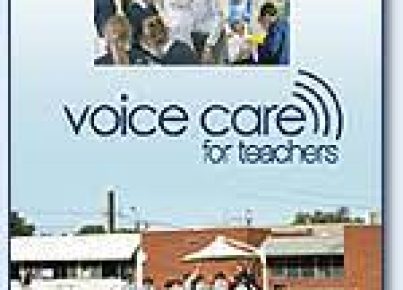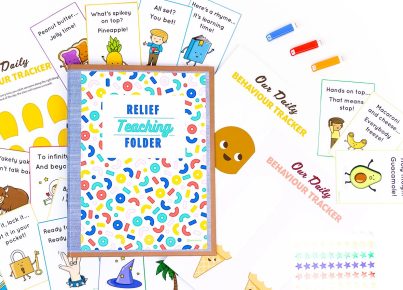Introduction
Retirement is a significant milestone in life, and it’s essential to be well-prepared to enjoy the fruits of your labor without any financial burdens. Educators, like any other professionals, need to plan for their retirement systematically. This article outlines an age-by-age checklist to help teachers secure their financial future and prepare for a comfortable retirement.
The 20s: A Strong Start
1. Begin saving early: Time is your most significant asset when it comes to retirement savings. Enroll in a retirement plan and prioritize making consistent contributions.
2. Establish an emergency fund: Set aside three to six months of living expenses in a readily accessible savings account, so you don’t have to tap into retirement funds during emergencies.
3. Pay off student loans: Develop a strategy to pay off your student loans as soon as possible. The sooner you’re debt-free, the more money you can allocate toward retirement savings.
The 30s: Building Wealth
1. Maximize retirement contributions: Increase your pension or retirement fund contributions, either through your employer-sponsored plan or an individual retirement account (IRA).
2. Diversify your investments: Consider various investment options based on your risk appetite and financial goals, such as stocks, bonds, and mutual funds.
3. Save for additional goals: While focusing on retirement, start saving for other significant expenses like buying a home or funding children’s education.
The 40s: Reassessing and Adjusting
1. Reevaluate your risk tolerance: As you approach the mid-point of your career, review your investment portfolio and adjust risk levels accordingly.
2. Plan for healthcare costs: Start thinking about long-term healthcare expenses and consider purchasing long-term care insurance or establishing a health savings account (HSA).
3. Get life insurance coverage: Ensure that your family is financially protected in case of unexpected events by obtaining suitable life insurance coverage.
The 50s: Building Momentum
1. Catch-up contributions: Make the most of catch-up provisions in your retirement plan. If you’re 50 or older, you can contribute extra amounts beyond regular limits to boost your savings.
2. Pay off outstanding debts: Aim to clear any remaining loans, mortgages, or credit card balances before retirement.
3. Estimate retirement income: Project your anticipated retirement income from various sources like Social Security, pensions, and individual savings.
The 60s: Final Preparations
1. Assess retirement readiness: Revisit your financial goals and evaluate if you’re on track for a comfortable retirement. Identify any gaps in savings and make necessary adjustments.
2. Optimize Social Security benefits: Determine the optimal time to claim your Social Security benefits based on your unique circumstances.
3. Plan for post-retirement expenses: Establish a budget for living expenses during retirement, accounting for inflation and other unpredictable costs like medical emergencies.
Conclusion
Preparing for retirement is an ongoing process that requires discipline, diligence, and foresight at every stage of life. Teachers should follow this age-by-age checklist to ensure they’re well-prepared for their golden years and can fully embrace what retirement has to offer.





